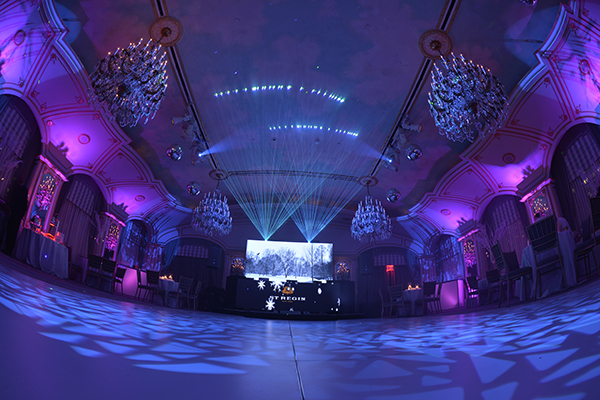Revolutionizing Engagement Via the Seamless Integration of Digital Reality and Face-to-Face Interactions in Blended Events
Blended events are growing more popular as they merge the finest aspects of both physical and virtual encounters. This innovative approach allows attendees to interact with material and one another in ways that were not possible before. By incorporating virtual technology into these events, planners can create immersive encounters that enhance involvement and interaction. This smooth blend of virtual and physical components can lead to more meaningful connections among attendees, whether they are there in person or participating virtually.
One of the key advantages of using virtual reality in blended gatherings is the capability to create a shared space for all participants. In a conventional setting, in-person attendees might have access to specific activities or opportunities that remote attendees cannot experience. However, with virtual reality, everyone can navigate the same virtual environment, regardless of their position. This technology allows for engaging presentations, online connecting chances, and even game-like encounters that can engage audiences. As a consequence, attendees feel more included and connected, leading to a richer overall encounter.
Moreover, virtual technology can help break down obstacles that often exist in blended events. For example, remote attendees may feel isolated or disengaged from the central event. By integrating VR, planners can create a feeling of involvement that makes remote attendees feel as if they are part of the event. This can be achieved through features like more tips here digital representations, which allow participants to connect with one another in real-time. Such connections can encourage collaboration and connecting, making it easier for individuals to engage and share thoughts, regardless of their geographical location.
In addition to enhancing involvement, the use of VR reality in blended events can also provide important insights and insights for planners. By tracking attendee interactions and actions within the virtual space, gathering planners can collect data on what elements of the event were most engaging. This data can be used to improve upcoming gatherings, ensuring that they satisfy the requirements and wants of attendees. Understanding how participants engage with both the digital and physical elements can lead to more efficient gathering approaches and improved overall encounters.
Finally, the integration of VR reality and physical interactions in hybrid events represents a significant change in how we conduct meetings and conventions. As innovation continues to advance, the capability for creating immersive and dynamic experiences will only increase. By adopting this innovative framework, event organizers can revolutionize the way people connect, learn, and collaborate. The future of hybrid events is bright, and the smooth integration of VR technology will play a key part in defining that prospect.